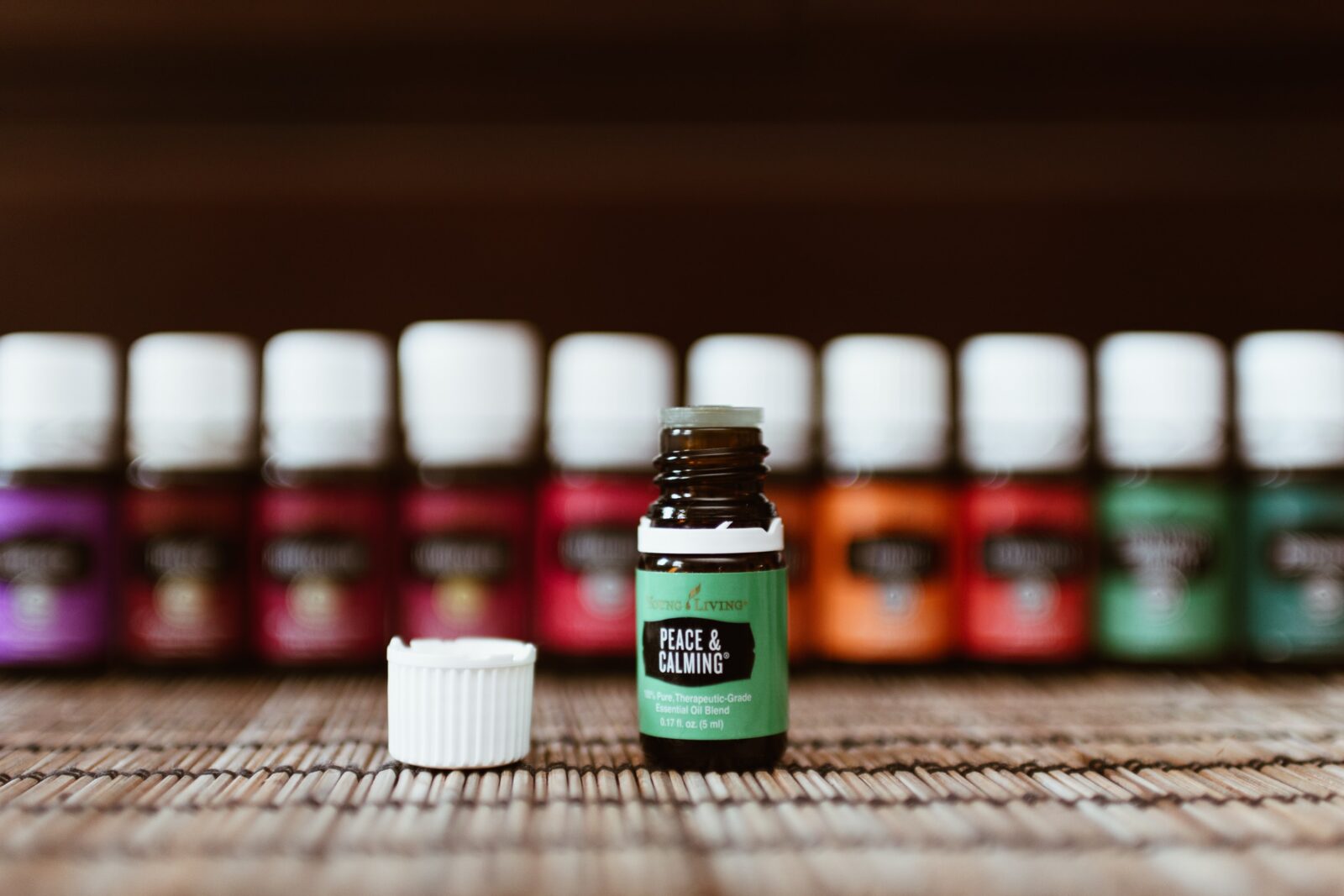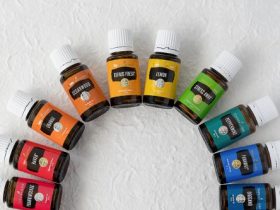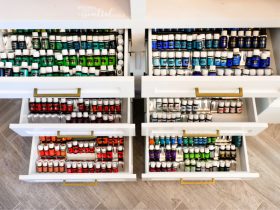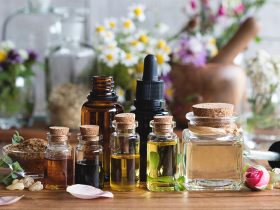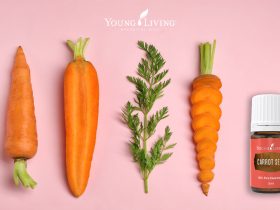What Are Young Living Essential Oils, and Do They Work?
Aromatherapy, alternative medicine that uses plant extracts to improve health and well-being, frequently employs Young Living Essential Oils. This article will teach you everything you need to know about Young Living Essential Oils and how they can benefit your health.
What is Young Living Essential Oils?
Compounds taken from plants make up Young Living Essential Oils. The oils capture the aroma and flavor of the plant or its “essence.” Each Young Living Essential Oil has its distinct aroma, thanks to its unique aromatic components. Young Living Essential Oils are obtained by mechanical procedures such as cold pressing or distillation (through steam and water). After the aromatic compounds have been extracted, they are mixed with a carrier oil to make a finished product. Young Living Essential Oils obtained using chemical procedures are not regarded as authentic Young Living Essential Oils; thus, how the oils are manufactured is vital.
How do Young Living Essential Oils work?
Young Living Essential Oils are most typically utilized in aromatherapy, which involves inhaling essential oils through various techniques. Essential oils from Young Living are not meant to be swallowed. Young Living Essential Oils include compounds that can interact with your body in a variety of ways. Some plant compounds are absorbed when applied to the skin.
Certain application methods, such as applying with heat or to diverse parts of the body, are thought to increase absorption. However, there is a scarcity of studies in this field.
Inhaling Young Living Essential Oils’ scents can trigger sections of your limbic system, which is a component of your brain that controls emotions, actions, smell, and long-term memory.
Surprisingly, the limbic system plays a significant role in memory formation. This may help to explain why certain scents can elicit memories or emotions. The limbic system is also involved in the control of a number of unconscious physiological activities, including respiration, heart rate, and blood pressure. As a result, some people believe Young Living Essential Oils have a physical effect on the body.
Popular types
There are more than 90 types of Young Living Essential Oils, each with its own unique smell and potential health benefits.
Here’s a list of 10 popular Young Living Essential Oils and the health claims associated with them:
Peppermint: used to boost energy and aid digestion
Lavender: used to relieve stress
Sandalwood: used to calm nerves and help with focus
Bergamot: used to reduce stress and improve skin conditions like eczema
Rose: used to improve mood and reduce anxiety
Chamomile: used to improve mood and relaxation
Ylang-Ylang: used to treat headaches, nausea, and skin conditions
Tea Tree: used to fight infections and boost immunity
Jasmine: used to help with depression, childbirth, and libido
Lemon: used to aid digestion, mood, headaches, and more
Health benefits of Young Living Essential Oils
Despite their widespread use, little is known about Young Living Essential Oils’ ability to treat specific illnesses. Here’s a look at some of the evidence for using Young Living Essential Oils and aromatherapy to address some of the most common health issues:
Stress and anxiety
Headaches and migraines
Sleep and insomnia
Reducing inflammation
Antibiotic and antimicrobial
Sign up link: www.youngliving.com/us/en/referral/31421803
My Young Living Website (info about essential oils): https://stephaniechan.lifestepseo.com


